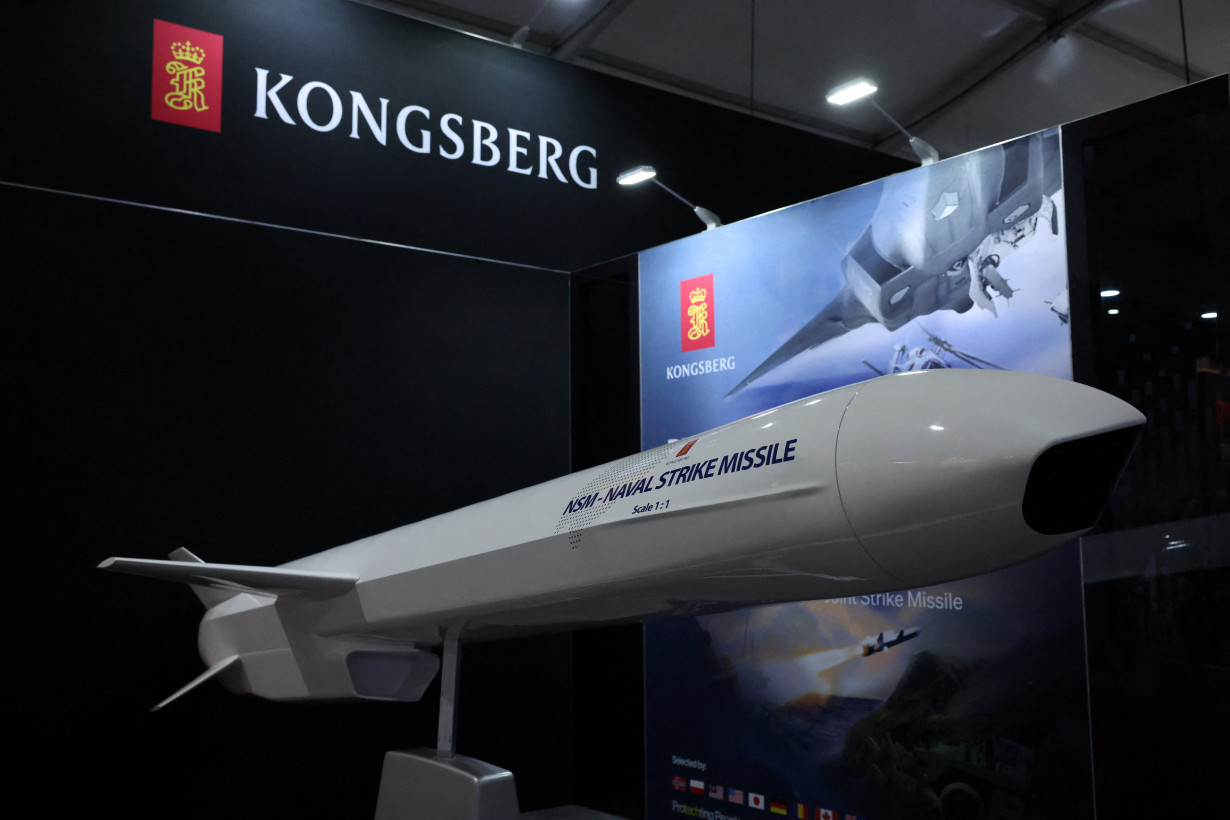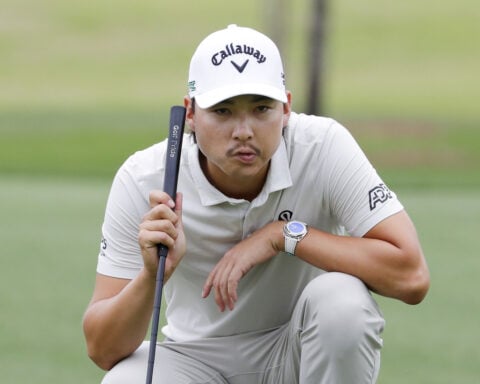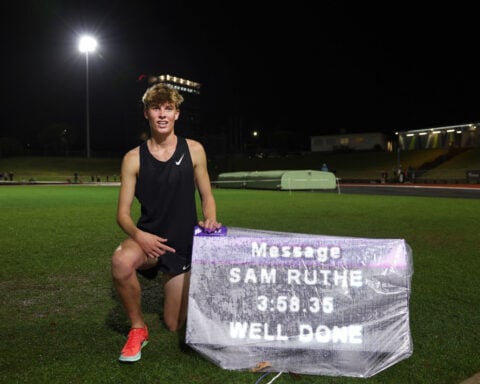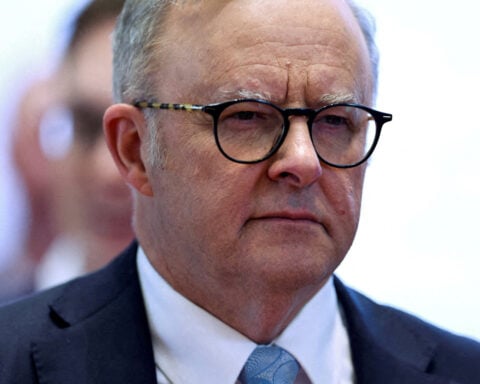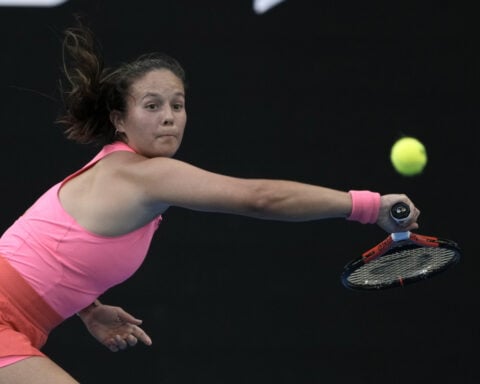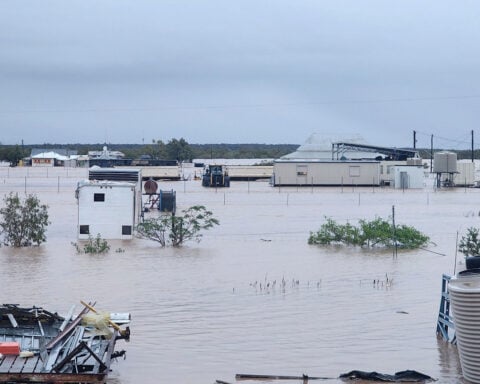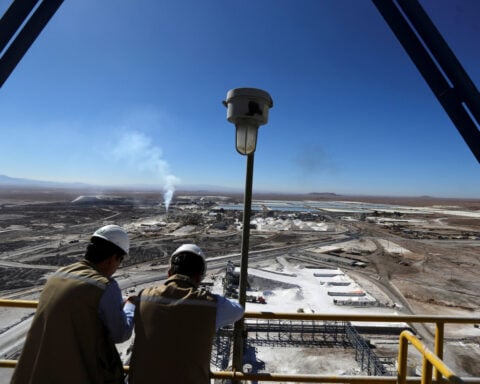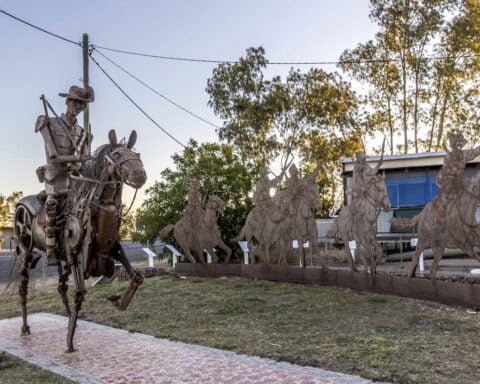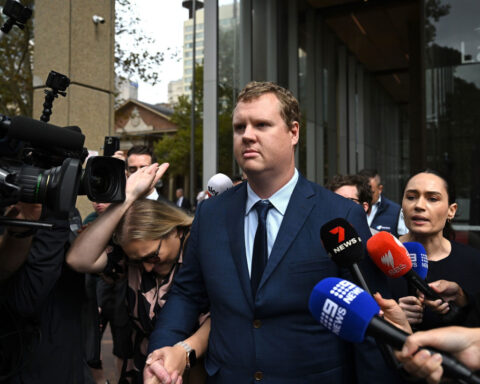By Kirsty Needham
AVALON, Australia (Reuters) - Australia's military will rely more on autonomous systems to overcome the disadvantage of having to protecting vast geography, said defence officials who predicted "friction in the system" as the balance tipped towards uncrewed systems.
Australia's air force is working with Boeing to develop an autonomous combat aircraft called Ghost Bat.
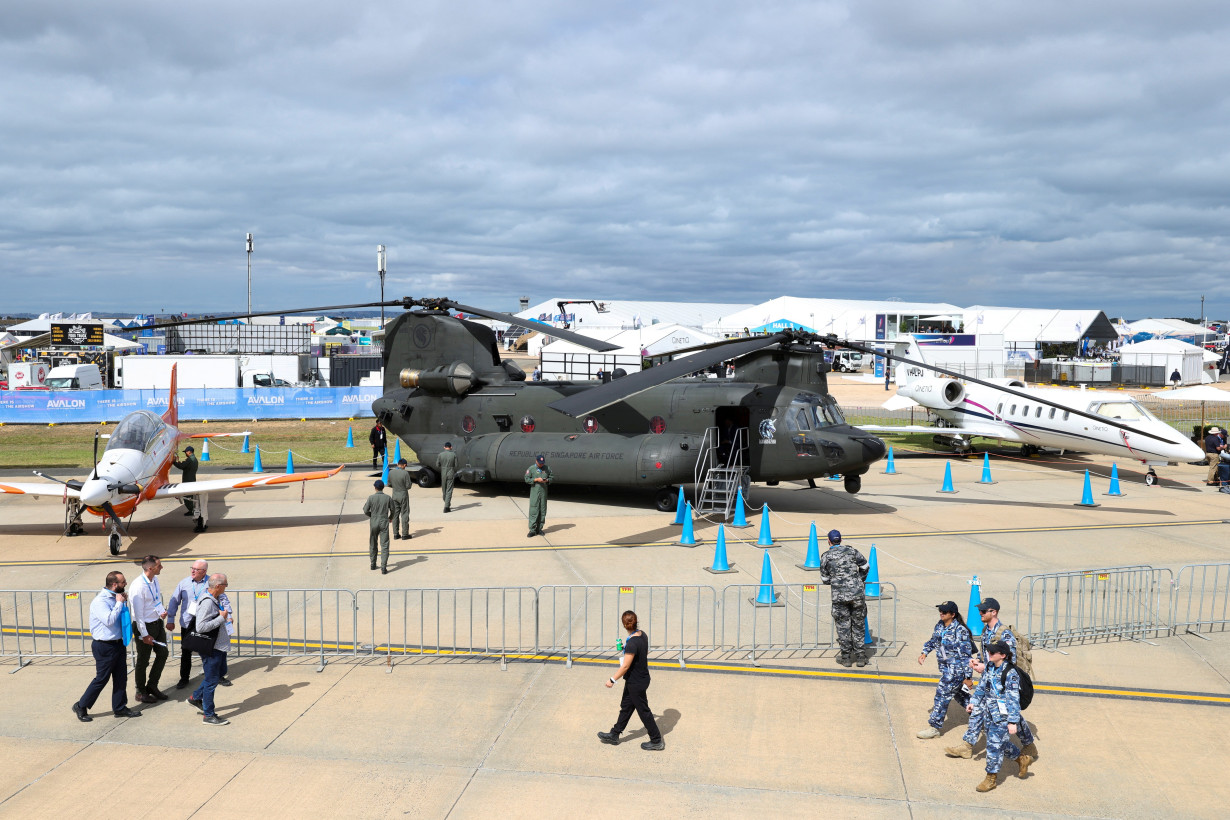
Speaking at the Australian International Air Show on Wednesday, Chief of Air Force Stephen Chappell said the Ghost Bat will this year demonstrate its capability and test payloads "with the exception of it being armed", before making recommendations to government.
"For us, autonomous platforms allow us to scale, so this is not about replacing crewed platforms, it is about providing greater scale and sustainability, and also increasing lethality and effects, and increasing survivability, particularly for crewed platforms or our defence personnel," he added.
Ninh Dong, chief of air and maritime at Australia's Defence Science and Technology Group, said Australia had a vast coastline and 2 million to 3 million square kilometres (772,000 to 1.2 million square miles) of northern ocean that need to be defended, and was looking for innovations that "overcome this asymmetric disadvantage of distance".
Autonomy and AI that are changing warfare globally will be important, and Australia has made hypersonic missiles a priority, Dong said.
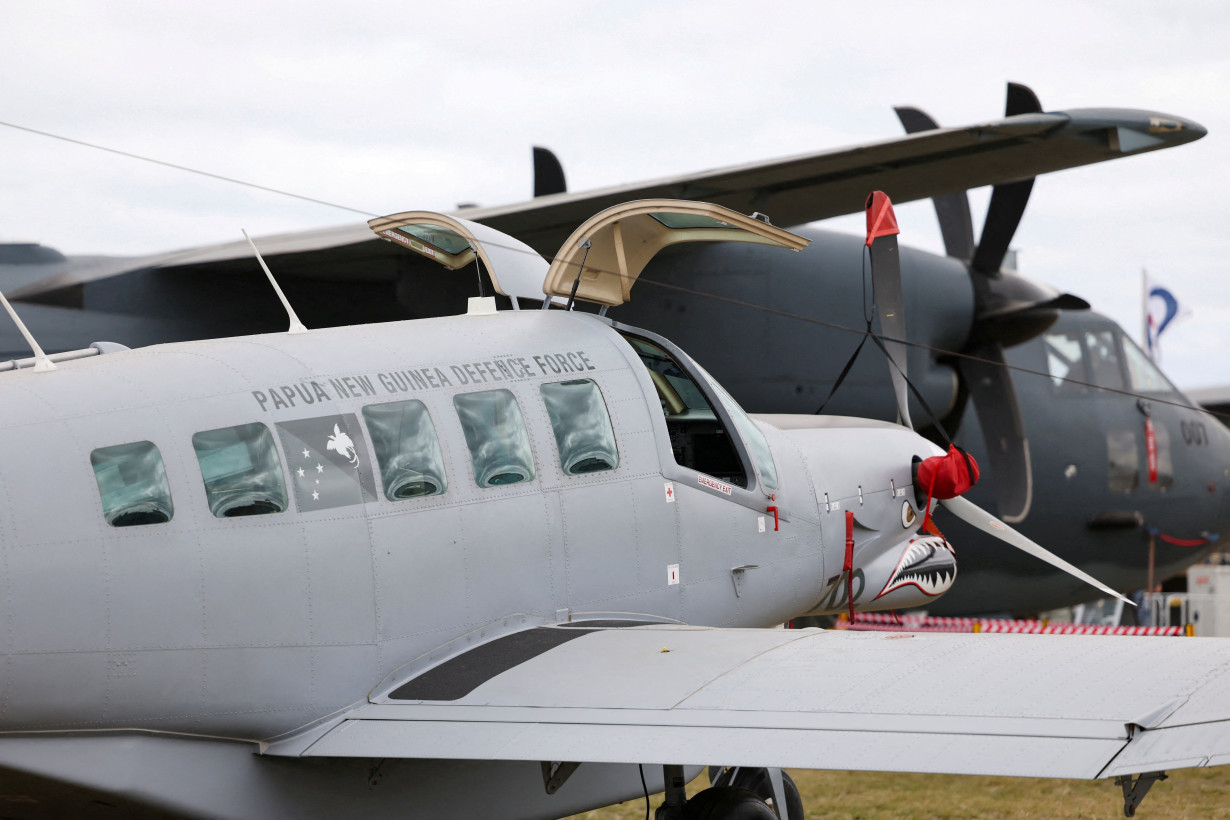
"By holding adversaries at risk further away from Australian shores, they give us more time to respond to threats,” he said of such missiles.
Allan Hagstrom, director of combat futures at Air Force Headquarters, said expensive aircraft will need to integrate with cheaper technology, and autonomous projects are already causing "friction in the system" as defence forces reorganise.
"We are on that cusp where we are probably going to see in the next few years, the weight of crewed platforms and uncrewed platforms and the ratio shifting, and outnumbered by uncrewed platforms enabled by autonomy," he said.
The challenges included how to work collaboratively with other countries, as each nation makes decisions on the role of humans in the "optimal solution".
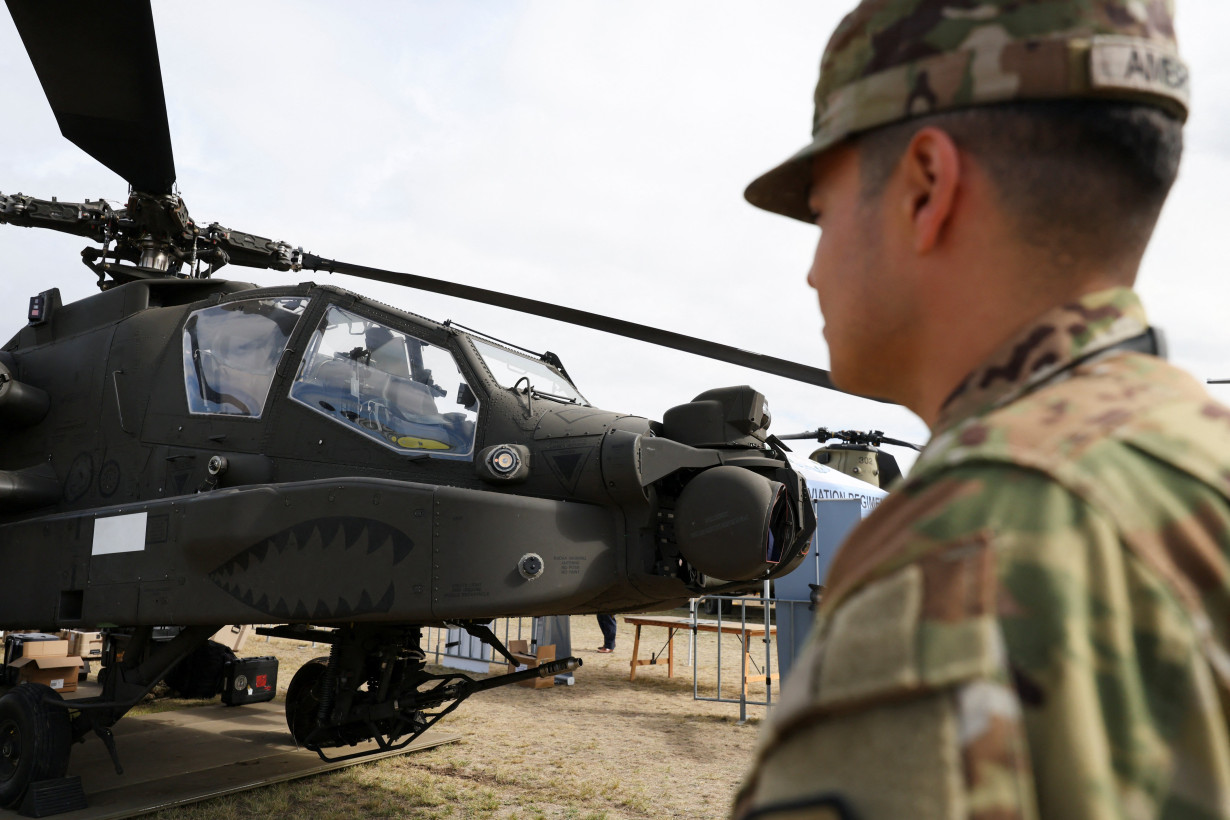
"We are not talking about taking the human out of the technological solution, but how do we leverage the human and the machine to provide the optimal solution,” he added.
(Reporting by Kirsty Needham in Avalon. Editing by Gerry Doyle)

 Trump has begun another trade war. Here's a timeline of how we got here
Trump has begun another trade war. Here's a timeline of how we got here
 Canada's leader laments lost friendship with US in town that sheltered stranded Americans after 9/11
Canada's leader laments lost friendship with US in town that sheltered stranded Americans after 9/11
 Chinese EV giant BYD's fourth-quarter profit leaps 73%
Chinese EV giant BYD's fourth-quarter profit leaps 73%
 You're an American in another land? Prepare to talk about the why and how of Trump 2.0
You're an American in another land? Prepare to talk about the why and how of Trump 2.0
 Chalk talk: Star power, top teams and No. 5 seeds headline the women's March Madness Sweet 16
Chalk talk: Star power, top teams and No. 5 seeds headline the women's March Madness Sweet 16
 Purdue returns to Sweet 16 with 76-62 win over McNeese in March Madness
Purdue returns to Sweet 16 with 76-62 win over McNeese in March Madness
